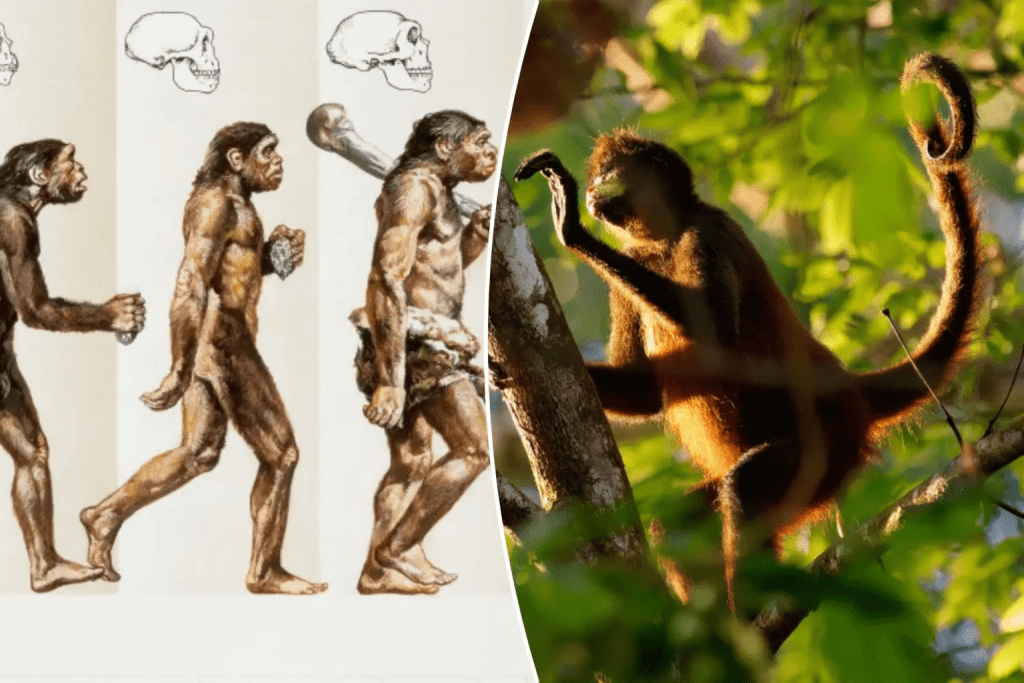
The insertion of Alu elements into the TBXT gene set off a process known as alternative splicing—a mechanism that went unrecognized in the context of tail evolution until now. During alternative splicing, RNA molecules are cut and rearranged, leading to the exclusion of a crucial exon. This change altered the structure and function of the resulting protein, which played a direct role in the loss of tails in our ancestors.
To validate their findings, the researchers conducted experiments on laboratory mice, genetically engineering them to carry the same mutations observed in humans and apes. The results were striking—the modified mice lost their tails, providing compelling evidence that the identified genetic mutation was responsible for this evolutionary change.
However, the study also revealed a downside to this adaptation: an increased susceptibility to neural tube defects, such as spina bifida. This finding highlights the complex interplay between genetic adaptations and the potential trade-offs that come with evolutionary changes.

The implications of this discovery extend far beyond evolutionary biology. The study offers profound insights into human anatomy and health, revealing that the loss of our tails was not a random event but a genetic adaptation with far-reaching consequences. Understanding this process provides a deeper appreciation for the intricate dance between genetic innovation and natural selection that has shaped our species.
The revelation of how humans lost their tails is a milestone in our understanding of evolution. By identifying the genetic mutation responsible, scientists have not only solved a long-standing mystery but also opened new doors to exploring the intricacies of human development. This discovery is a reminder that the secrets of our past are key to unlocking the mysteries of our future. As we continue to delve into the depths of our evolutionary history, we can expect more groundbreaking insights that will shape our understanding of what it means to be human.




